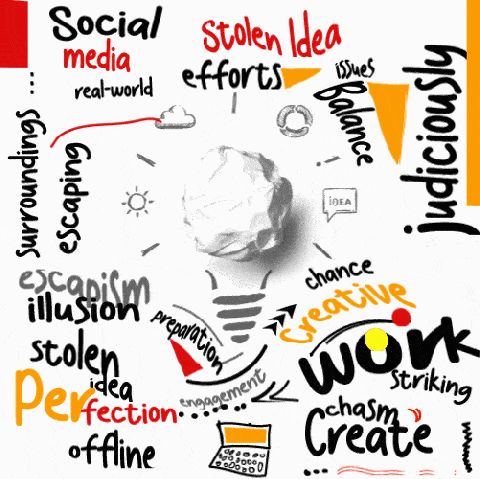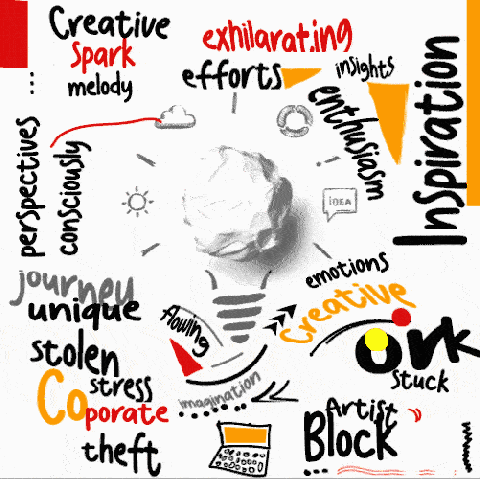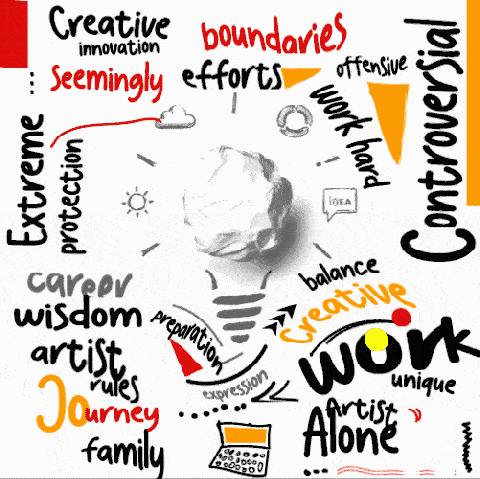Introduction
History is replete with several stories of scientific innovations followed by industries and creatives having to adapt to the changes caused. It happened at the advent of the television, was repeated with the arrival of the internet and, by the time social media came on the scene, the smarter ones were ready to leverage it for their purposes.
Many people haven’t realized it yet, but there’s a new trend coming up that will revolutionize content creation and marketing- Augmented/Virtual Reaiity. Augmented Reality imposes a hyper-real image over a real space. You can think of it in terms of Snapchat and Meta Filters. Conversely, virtual reality is an entirely immersive experience that puts you in a new virtual environment. If you’ve watched Ready Player One, you’d likely be able to picture what we mean.
When it comes to AR and VR, there’s good news and bad news. The good news is that our favourite movies are rapidly becoming a reality. The bad news is that it will require so much change that it might negatively impact individuals and industry leaders who are slow to embrace such immersive change.
To what extent exactly should we expect this change? Here are the opinions of five creatives, as well as the three most essential tips to be ready for the coming change.

VR and AR can be used in the creative industry, revolutionizing how teams collaborate. Brands like Meta and Apple already have initiated similar experiences where creatives can work on a project with colleagues from around the world as if they're right next to you. Architects, designers, and engineers can collaborate on designs in a shared virtual space.

Artists in the art and creative industry can leverage the power of VR and AR to elevate creativity in the industry. For example, an artist can use VR as a canvas, creating 3D sculptures and paintings in a digital realm. AR can then be used to bring art to life by adding interactive elements to static exhibits.

Virtual and Augmented Reality can be used in the real estate industry. Instead of just looking at floor plans, clients can take virtual tours of properties that haven't even been built yet, saving time and resources while giving the property a realistic feel.

The Fashion Industry is a good match for this. With my little experience of AR, I've seen instances where one can project virtual clothes onto your body, letting you try before you buy. You don't have to go through the hassle of changing clothes in public. In the case of VR, imagine having to attend fashion shows without even being there physically. That could actually be cool.

AR and VR can play a vital role in education. An example is in the case of Surgeons or doctors. They can practice complex procedures in a virtual environment like I've only seen in sci-fi movies, refining their skills without any real-life risk. People would no longer sell their bodies for scientific experiments. There are many industrial and classroom-related trainings where this can apply.
Conclusion
If you look clearly, you’d see AR and VR taking over every industry everywhere. Apple announced the Vision Pro headset at the just completed iPhone 15 release. Meta has also announced the release of the Meta Quest 3. Fabrix and DressX used AR to turn visitors into models at the last concluded Paris Fashion Week. These are only a few examples of the numerous strides being made in the AR/VR industry.
So, how do you jump in on the train? The following tips will help:
1. Remain up-to-date with all the latest information: Join communities, follow channels and listen online for conversations relating to Augmented/Virtual Reality. This will make you aware of all the possibilities available and prepare you to grasp the opportunities that will come. Usually, when new technology is released, they come at breakneck costs. However, as long as you are always on the lookout for news and more information on a subject, you will soon find an opportunity to spread your wings. Keep track of trends in the AR/VR industry.
2. Engage actively with the concept: Take courses about AR and VR online. There are several free and paid ones. Try out tools like Aryel.io, Unity or Vuforia. Many of these companies are looking for advocates and will give you some level of free access to their possibilities.
3. Implement as much as you can for your creative craft: Social media platforms like Snapchat, Facebook and Instagram have augmented reality features that help to amplify your content creation. As you wait for the big releases, make the most of these tools and get grounded in the possibilities available to you.
Did you know you can try our simple Independence-themed AR game and see how much you know about your country? Try it here and share your scores with us in the comments.
PS. If you would like to contribute as a respondent in the future episodes of the Creative Gist, send us an email to [email protected] or reach us via WhatsApp +2348088809311





